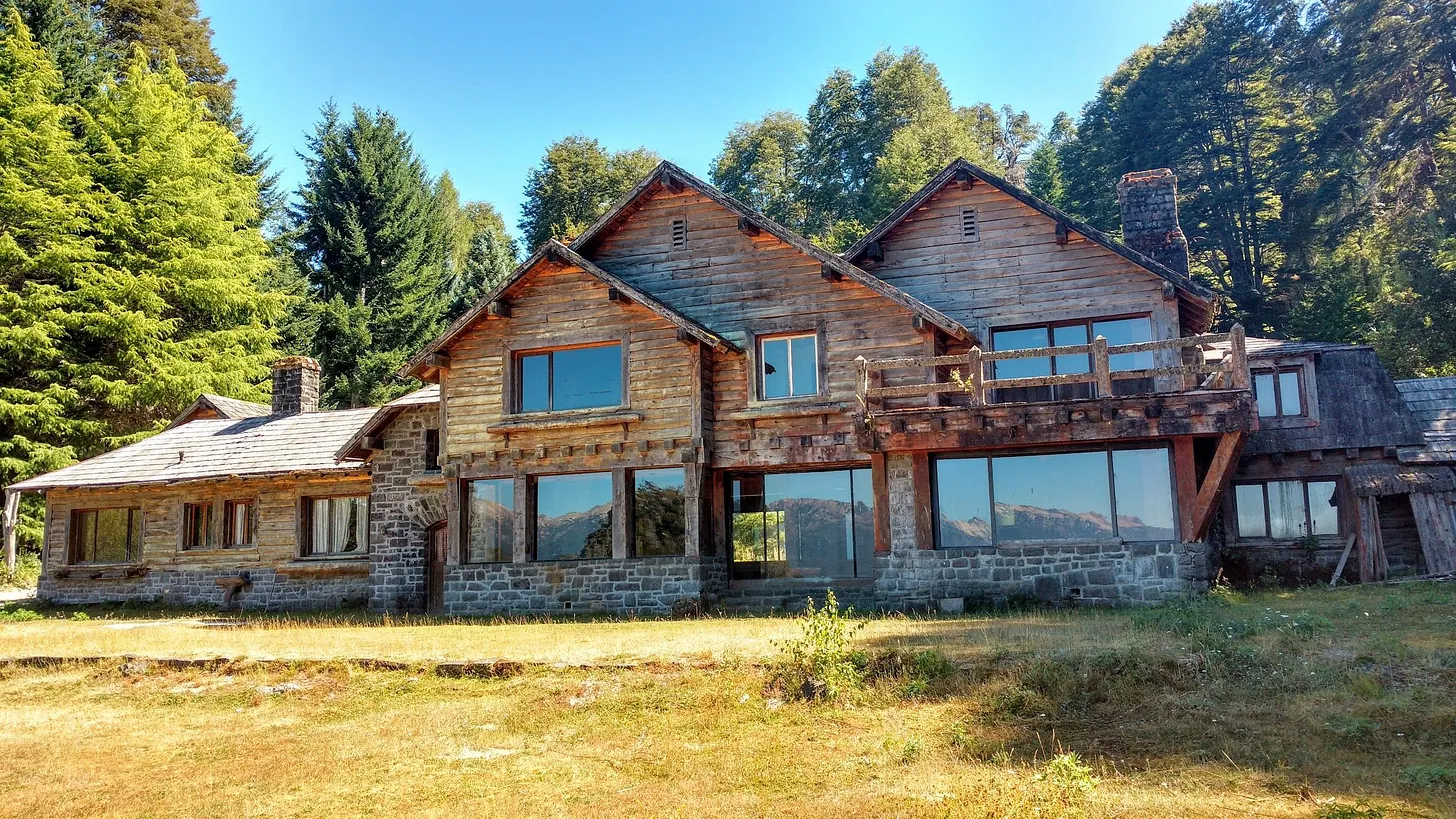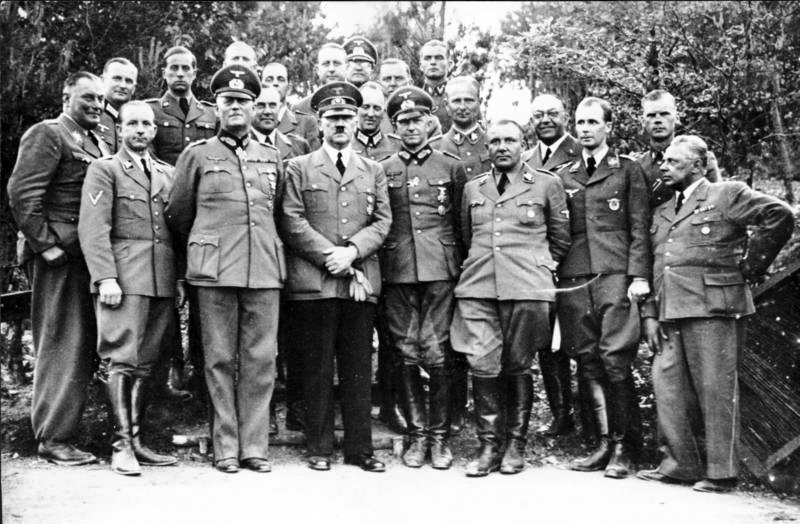Throughout history, certain events and personalities have captivated the collective imagination, leaving behind a legacy shrouded in mystery and controversy. One such figure is Adolf Hitler, the notorious dictator whose actions during World War II and the Holocaust have forever stained human history. But what if the story we know about Hitler’s demise is not entirely accurate? What if there exists a possibility that he managed to escape, finding refuge in an unlikely place like the Inalco House? This article delves into the intriguing theory surrounding Hitler’s potential use of the Inalco House as a hideout and explores the fascinating revelation that a Russian DNA test identified his supposed skull as belonging to a woman.
The Inalco House: A Place of Intrigue
The Inalco House, also known as Residencia Inalco, is a mansion located in Patagonia, Argentina. It was built in March 1943 by architect Alejandro Bustillo who created the original plans of the house. The lot was bought from Bustillo by Enrique García Merou, a Buenos Aires lawyer linked to several German-owned companies that allegedly collaborated in the escape to Argentina of high Nazi party members and SS officials. The mansion is similar to Hitler’s refuge in the Alps, with bedrooms connected by bathrooms and walk-in closets and a tea house located by a small farm.
Hitler’s Possible Escape
The mainstream historical narrative dictates that Adolf Hitler committed suicide on April 30, 1945, in his Berlin bunker. However, there have been numerous theories suggesting that Hitler managed to evade capture and flee to a foreign land. Numerous factors contribute to the plausibility of Hitler’s escape, such as the chaotic circumstances of his alleged death and the subsequent discovery of his remains.
The Mystery of the Skull
In 1945, Soviet forces discovered charred remains, including a skull, in the vicinity of Hitler’s bunker. For decades, these remains were preserved and studied in secrecy by the Russian government. In 2009, an international team of scientists was granted access to the skull for DNA testing. To their astonishment, the results indicated that the skull belonged to a woman under the age of 40, challenging the long-held belief that it was Hitler’s.
The DNA Test Controversy
The revelation of the skull’s DNA test results ignited a firestorm of controversy among historians, researchers, and the public. Skeptics argue that the skull’s authenticity was compromised over the years due to mishandling or mislabeling. Others postulate that the Soviet government deliberately misidentified the remains to conceal Hitler’s true fate or aid his potential escape. While the debate rages on, the discovery of the skull’s true origin adds another layer of complexity to the possibility of Hitler’s survival.
The Inalco House Connection
The theory connecting Hitler to the Inalco House emerged in the 1990s, when documents detailing the architectural plans and construction of the mansion came to light. These documents revealed the involvement of various German engineers, many of whom had direct connections to Hitler’s inner circle. The intricate design of the Inalco House, with its secret chambers and hidden tunnels, further deepened the intrigue surrounding the property. Proponents of the theory propose that Hitler may have used this secluded location to evade capture and start a new life under a hidden identity.
Supporting Evidence and Counterarguments
While the Inalco House theory captures the imagination, it is crucial to assess the supporting evidence alongside counterarguments to maintain a balanced perspective. Some proponents argue that Hitler’s obsession with his image and his ideological belief in the superiority of the Aryan race would have made living in secrecy for an extended period unbearable. Moreover, the extensive surveillance and intelligence efforts of Allied forces after World War II make it challenging to conceive of Hitler successfully eluding their grasp.
Nonetheless, advocates of the theory suggest that Hitler’s ability to manipulate appearances and his immense resources could have facilitated his escape and subsequent reclusive existence. They contend that the Inalco House, with its secluded location and hidden compartments, provided a secure environment where Hitler could maintain a low profile.
Final Thoughts
The theory that Adolf Hitler may have sought refuge within the Inalco House remains a controversial and tantalizing topic in historical discussion. While it is essential to approach this theory with skepticism and critical analysis, examining the connections between Hitler and the architectural features of the Inalco House provides insight into the potential realities of his escape.
The evidence of German involvement in the design and construction of the Inalco House raises intriguing questions about the intended purpose and occupants of this remote mansion. The presence of secret rooms and hidden passages suggests an environment designed for concealment and evasion.
Furthermore, the results of a Russian DNA test, which identified the supposed skull of Hitler as belonging to a woman, cast doubt on the official account of his death. This revelation necessitates a reevaluation of the events surrounding Hitler’s alleged suicide and opens up the possibility that he may have orchestrated an escape, using his resources and cunning to evade capture.
The truth about Hitler’s fate remains elusive, leaving room for speculation, debate, and continued historical inquiry. The Inalco House serves as a haunting reminder of the mysteries that surround Hitler’s legacy, demonstrating that even the most infamous figures can evade definitive conclusions and continue to captivate our collective imagination.




